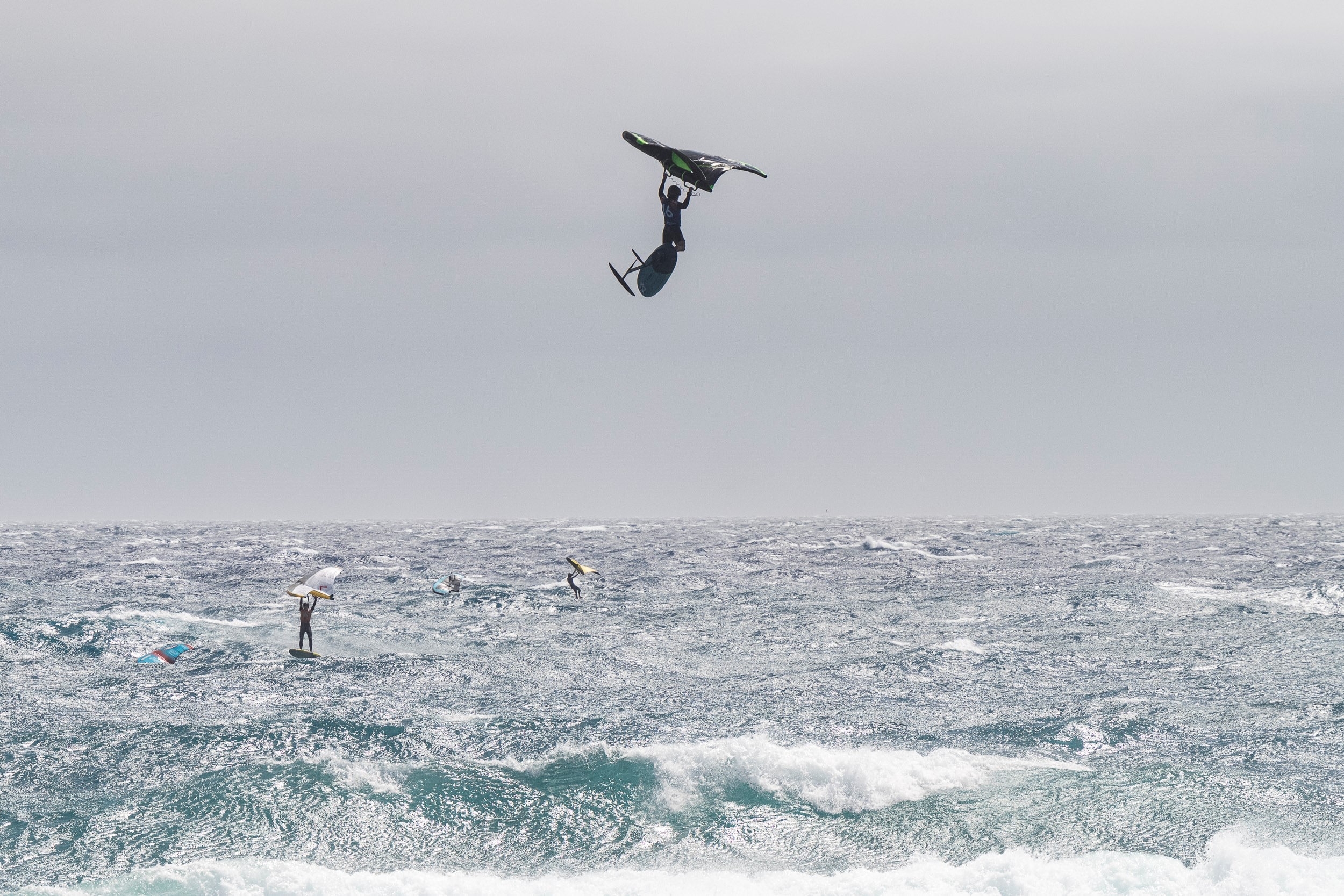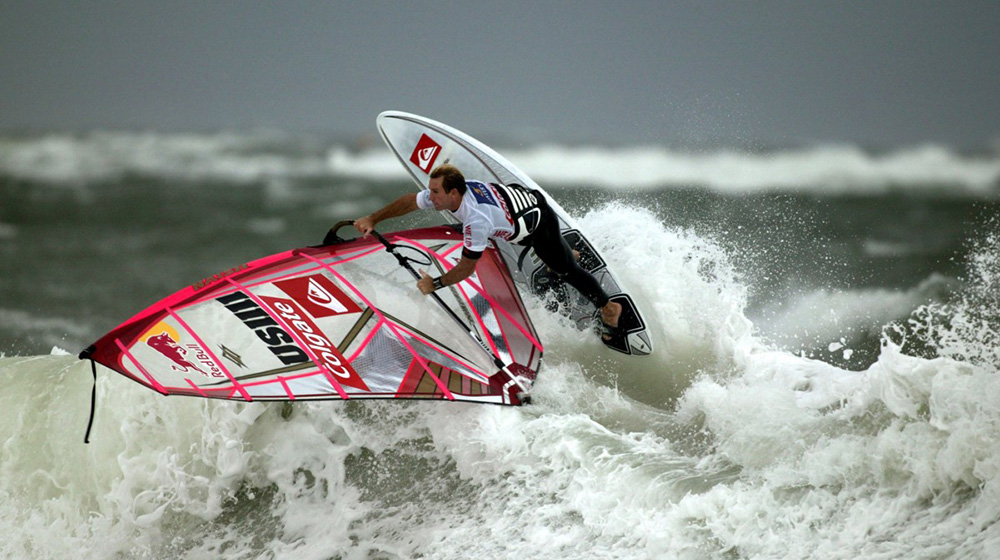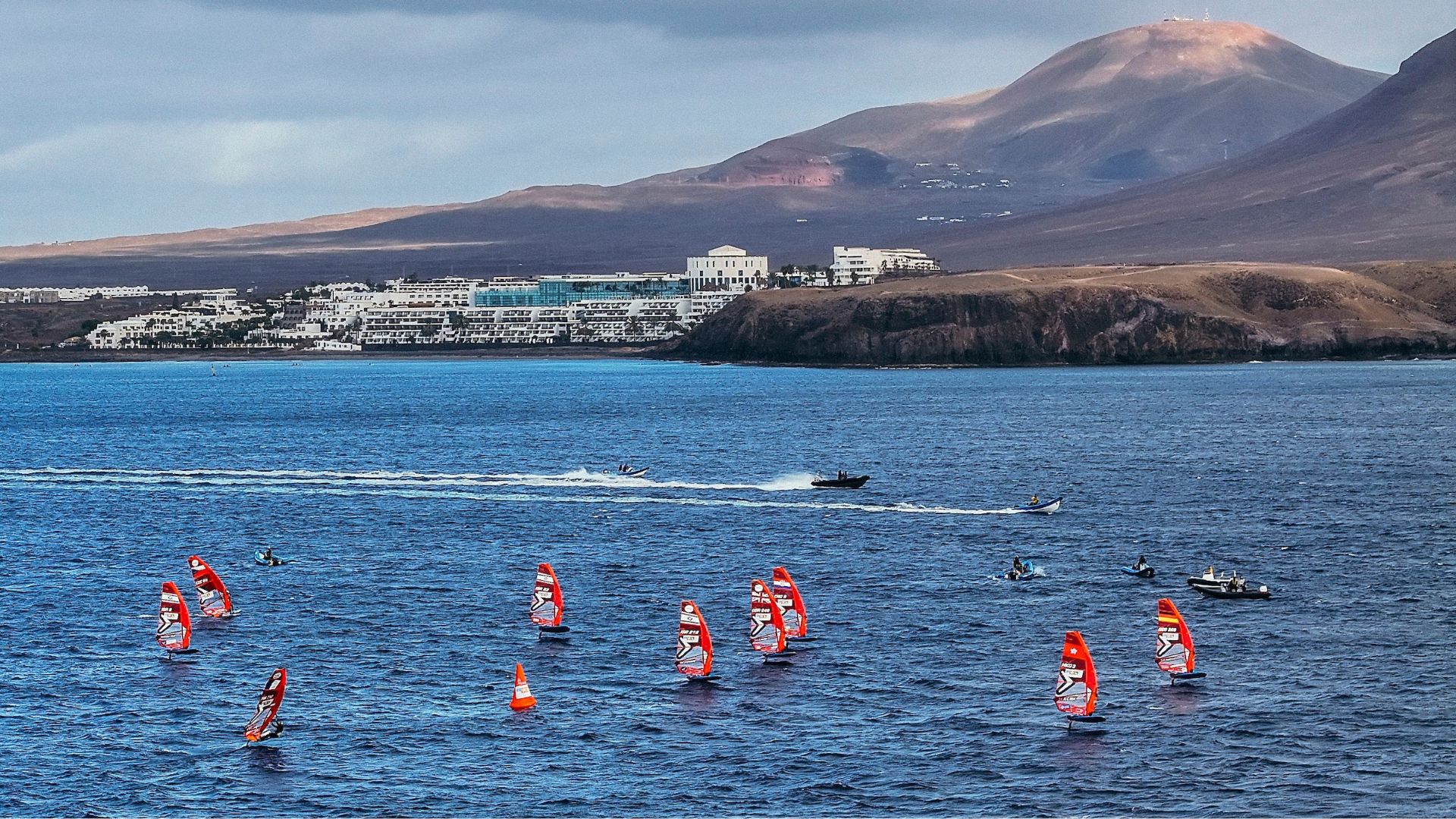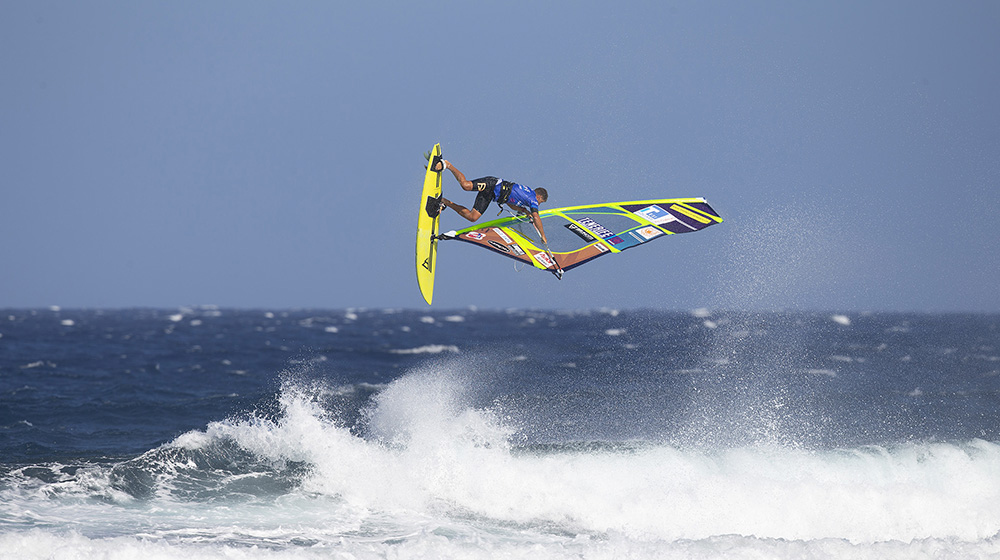
Wingfoil: What it is and how it differs from windsurfing
For the last couple of years, the term "wingfoil" has been heard more and more in the sailing world. If you are still not sure what it means, this article will explain it in more detail and show the main differences.
What is Wingfoil?
It is a relatively new water sport that consists of maintaining balance on a board while holding a wing that is not attached to the board.
It is a hybrid between windsurfing and kitesurfing. Hence the name "wingfoil", because we hold a "wing" on a "foil" board (which is characterized by being very light and perfect for the water because it offers little resistance).
This new modality is becoming very popular among water sports fans, because it allows us to play with determining variables such as wind and waves. The perfect combination to discover and take advantage of new "spots" that would not be possible with another sport and enjoy new sailing opportunities, such as "surfing" the waves that have not yet broken.
Differences between Wingfoil, Windsurfing and Kitesurfing
Wingfoil has some similarities with both disciplines, especially considering that all three are sports that make use of a board and a sail to navigate taking advantage of the wind. However, they also have several differences that we will explain below.
Materials and equipment:
The materials we use for wingfoil, unlike windsurfing, are more functional and less equipment is required to perform it. In this part, it is more similar to kitesurfing, which also uses lighter equipment that is easier to roll up.
On the other hand, the kitesurf board is usually smaller and less heavy than the wingfoil, although it always depends on our personal board since, as we have specified above, depending on the experience of the athlete, they have a certain size and weight.
Finally, the foil is a material that is not used in kite and is something that can be relatively heavy. However, in kitesurfing other materials are used such as ropes, bars, harnesses, and even the inflator for the kite, so it is much easier to assemble the wingfoil equipment since we can do it all by ourselves.
Difficulty:
Unlike windsurfing and kitesurfing, wingfoil is easier to start practicing it and involves fewer risks than the others.
The main thing would be to deepen in how to master, on the one hand, the wing and on the other hand the foil board, since by the measures and weight are completely different from those of another sport such as surfing, windsurfing or longboarding. However, if you are a person who has already practiced these extreme water sports, it will be very easy for you to master the wingfoil.
In the case of kitesurfing it depends too much on the winds at sea, while wingfoil is not necessary with a lot of wind because due to the board you can also take advantage of the waves at times of less breeze.
Conditions to practice it:
For sports such as kitesurfing or windsurfing, wind is essential. However, practicing wingfoil is possible with winds of very few knots, or offshore winds. You can simply catch the waves, as if you were surfing.
Another aspect is where to practice it, in the case of wingfoil we can do it almost anywhere we want, there is much more freedom. Firstly, because there are no restrictions on the beach for example, and secondly, because of the necessary surface. As long as there is a little wind and water 1m deep you can practice wingfoil, whether it is a beach, a river, lake or swamp.
What equipment is necessary to practice Wingfoil?
Three basic elements are necessary:
- Wing: A wing similar to the one used in kitesurfing but smaller, depending on the use we want to give and your experience you will select one size or another. If what you want is to experience more waves and surfing, your wing should be smaller so that it is more manageable. On the other hand, if you are more interested in sailing the sea taking advantage of the wind, the wing will be bigger and a little heavier. Also, as we said, experience is an important factor, the more experienced you are, the smaller you will be able to reduce the size of the wing.
- Board: In this case, we can find a huge amount of boards to choose from, and like the wing depends on the size, but also the material, made of polystyrene, carbon, polyethylene, and even inflatable (not highly recommended). But the most important thing is the size, taking into account the weight and length of the board. As in the wing, the more expert you are, the lighter your board should be. However, if you are just starting out, it is better to have a much heavier and longer board. To be more precise.
Beginner: Board between 6,8 - 7,8 and with a weight of approximately 30-40kg of our weight.
Expert: Board between 4,5 - 5,5 and with a weight approximately equal to our own weight or even 10 kg less.
- Foil: First of all, specify that foil is the name given to the fin that protrudes from the board that makes it look like you are "levitating". This allows us to go much faster on the surface or even glide. There are one-piece foils, but many of them are composed of different parts that are easily disassembled: Fuselage, Mast, Front wing, Stabilizer.
And just like the previous parts, the smaller the foil in this case, the more complicated it will be for you to handle if you are starting out in this sport. And because many foils are in parts as we have mentioned, you will be able to change it as your confidence and experience grows.
Can I wingfoil surf with my normal surfboard?
It is not recommended to wingfoil with a surfboard because of the foil, which is an essential element to practice this sport and is something that we do not have on a surfboard and would be very difficult to add (although it could be done if we buy the foil by parts).
In addition to that, surfboards, especially the "good" ones, are made of a very rigid material and would be very difficult to maneuver. Logically, it depends a lot on the surfboard you have, especially the tip, the more round or even square the tip is, the more accessible the board will be to be used in wingfoil.
However, to start with, if you don't want to invest in a wingfoil board without knowing if you will like this sport, you can reuse your windsurfing, kitesurfing or even paddle surfing board. Since the measurements and size of these boards are more similar and will definitely be more practical than a surfboard.
Where are the best places to wingfoil?
The best places to practice it are those with the perfect combination of a good wind and good, light waves. Thanks to the variety and richness of the landscapes and climatology of Spain, this is a perfect country for this sport:
- The Canary Islands: they have the trade winds and a great climate all year round. Besides, being islands, they have a lot of beaches and that allows you to find and enjoy some that are practically empty. Lanzarote, Fuerteventura and Tenerife have the best conditions, but in practically all of them you will be able to do it without any problem.
- Andalusia: where Tarifa in the province of Cadiz stands out, but also in places like Huelva or Almeria there are perfect conditions.
- Galicia or Cantabria: very popular for surfing conditions, you can also practice it without any doubt and enjoy it to the fullest.
- Catalonia, Aragon, Balearic Islands, there are many places where you will have everything you need to enjoy and take advantage of the best conditions.
If you are looking outside Spain, in Europe, for example, if you have the opportunity to travel to France (Moisson-Lavacourt, Jablines) or the Netherlands (Holland, Flevoland) you will appreciate it because they have many wonderful areas. And if you want to go further afield, we recommend Brazil.
In conclusion, if you are thinking of getting started in this great adventure called wingfoil, do not hesitate. Fun, simple, practical and above all safe, what better way to get to know new cities and enjoy this sport!













_v2.svg)
_v2.svg)









_v2.svg)


